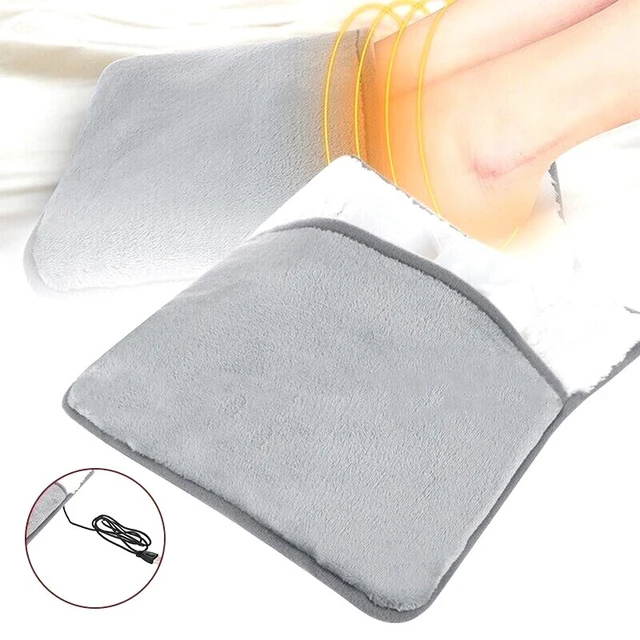Introduction
Choosing the right type of rice is essential when making heat bags, as it directly affects their effectiveness in retaining and distributing heat. Different types of rice have varying characteristics that can impact the heat retention, weight, and texture of the heat bag. In this guide, we will explore the various types of rice commonly used for heat bags, providing specific details to help you make an informed decision and create a heat bag that meets your needs.

What kind of rice do you use for heat bags?
Long-Grain Rice
1.1. Characteristics
Long-grain rice, such as Jasmine or Basmati, is slender and elongated in shape. It contains less starch, resulting in grains that remain separate and fluffy when cooked. This type of rice tends to have a firmer texture and retains its individual grains well.
1.2. Heat Retention
Long-grain rice is known for its moderate heat retention properties. While it may not hold heat as long as other types of rice, it still provides a comforting warmth when used in heat bags.
1.3. Weight
Long-grain rice is relatively lightweight compared to other types. This can make heat bags filled with long-grain rice more comfortable to use, particularly when applying them to smaller areas of the body.
Short-Grain Rice
2.1. Characteristics
Short-grain rice, such as Arborio or Sushi rice, is plump and rounded in shape. It contains more starch, resulting in a stickier and softer texture when cooked. The grains tend to cling together, creating a cohesive mass.
2.2. Heat Retention
Short-grain rice offers excellent heat retention due to its higher starch content. It can retain heat for longer periods, making it ideal for heat bags that require prolonged warmth.
2.3. Weight
Short-grain rice is denser and heavier compared to long-grain rice. This can make heat bags filled with short-grain rice feel more substantial, which may be preferable for larger areas or when a heavier pressure is desired.
Medium-Grain Rice
3.1. Characteristics
Medium-grain rice, such as Calrose or Valencia, falls between long-grain and short-grain rice in terms of size and shape. It has a slightly plump and slightly elongated appearance. Medium-grain rice has a balanced starch content, resulting in a softer and stickier texture compared to long-grain rice.
3.2. Heat Retention
Medium-grain rice offers a good balance between heat retention and texture. It can retain heat for a reasonable duration while still providing a comfortable feel against the skin.
3.3. Weight
Medium-grain rice falls between long-grain and short-grain rice in terms of weight. It offers a moderate weight that can suit a variety of preferences when filling heat bags.
Aromatic Rice
4.1. Characteristics
Aromatic rice, such as Jasmine or Basmati, is known for its unique fragrance and flavor. These types of rice have a distinctive aroma that can add a pleasant scent to heat bags.
4.2. Heat Retention
Aromatic rice offers similar heat retention properties to their respective grain types. The added fragrance does not significantly affect the heat retention capabilities of the rice.
4.3. Weight
The weight of aromatic rice varies depending on the specific grain type (long-grain, medium-grain, or short-grain) used. Consider the weight characteristics mentioned earlier when choosing the aromatic rice variety for your heat bag.
Blends and Combinations
5.1. Mixing Rice Varieties
Creating a blend or combination of different rice varieties can be an option when making heat bags. This allows you to customize the heat retention, weight, and texture according to your preference. For example, combining long-grain and short-grain rice can provide a balance between moderate heat retention and a comfortable weight.
5.2. Adding Herbs or Spices
Enhancing the aroma of the heat bag can be done by adding dried herbs or spices to the rice. Lavender, chamomile, or cloves are popular choices and can contribute to relaxation and well-being when using the heat bag.
Considerations for Heat Bag Fillings
6.1. Microwaving Safety
When selecting the type of rice for your heat bag, consider its safety in the microwave. Ensure that the chosen rice variety is safe to be heated and will not pose any fire hazards or release harmful substances when heated.
6.2. Moisture Content
Choose rice with a low moisture content to prevent mold or bacterial growth inside the heat bag. Moisture can be a breeding ground for microorganisms, which can compromise the quality and safety of the heat bag.
6.3. Personal Preference
Ultimately, the choice of rice for your heat bag depends on personal preference. Consider your desired heat retention, weight, texture, and scent when selecting the rice variety. Experimenting with different types or blends of rice can help you find the perfect combination that suits your needs.
Conclusion
Selecting the right rice for your heat bag is crucial for ensuring optimal heat retention, weight, and comfort. Long-grain rice offers moderate heat retention and a lightweight feel, while short-grain rice provides excellent heat retention and a more substantial weight. Medium-grain rice strikes a balance between the two, offering good heat retention and moderate weight. Aromatic rice varieties add fragrance without significantly affecting heat retention. Consider personal preferences, safety, and moisture content when choosing the rice variety for your heat bag. By understanding the characteristics of different rice types and considering your specific needs, you can create a heat bag that provides the desired warmth and comfort.

